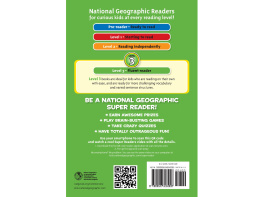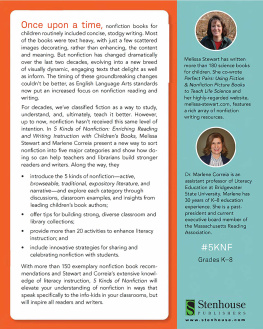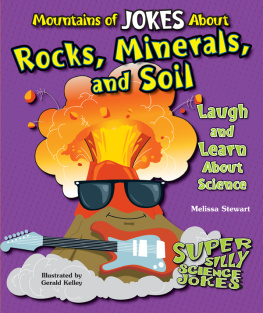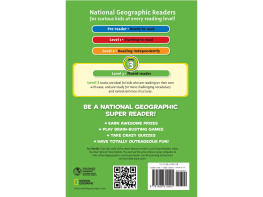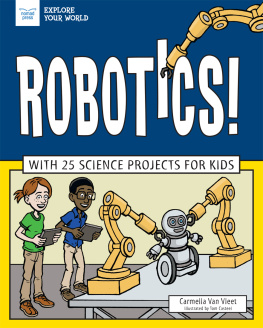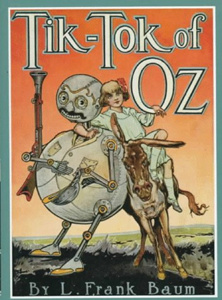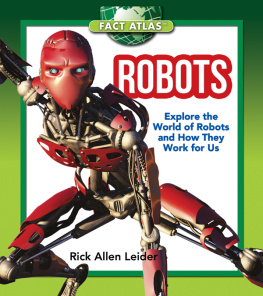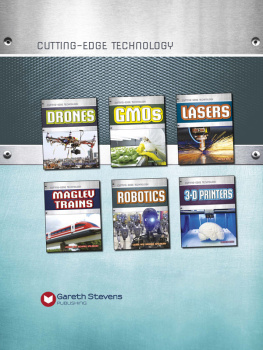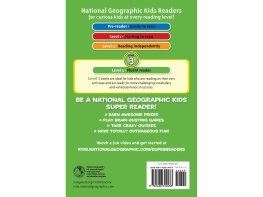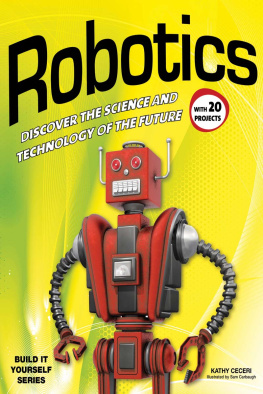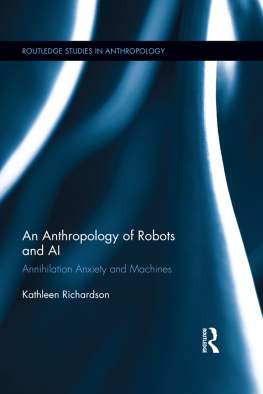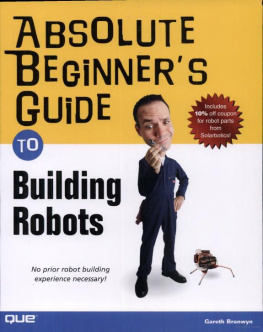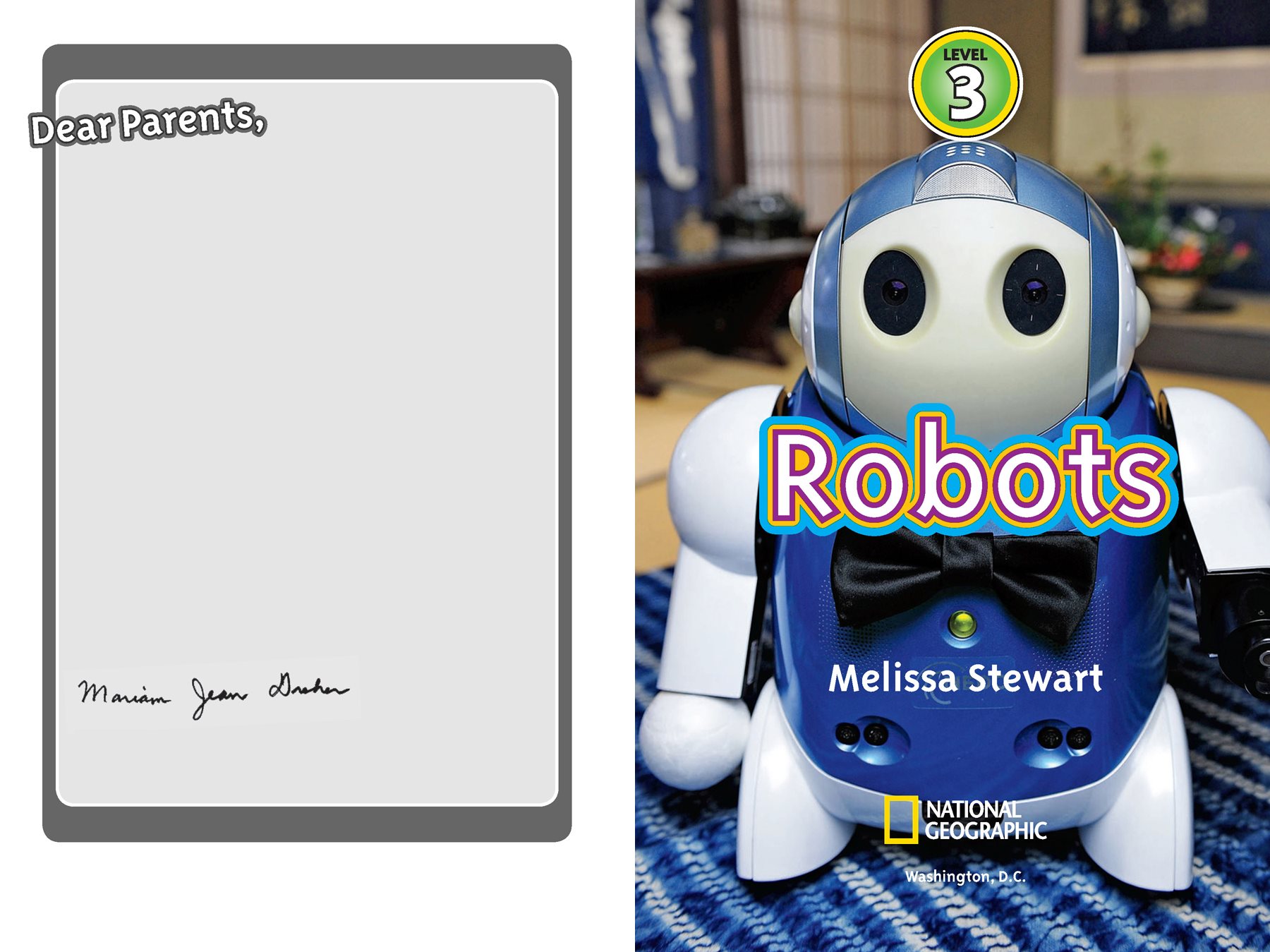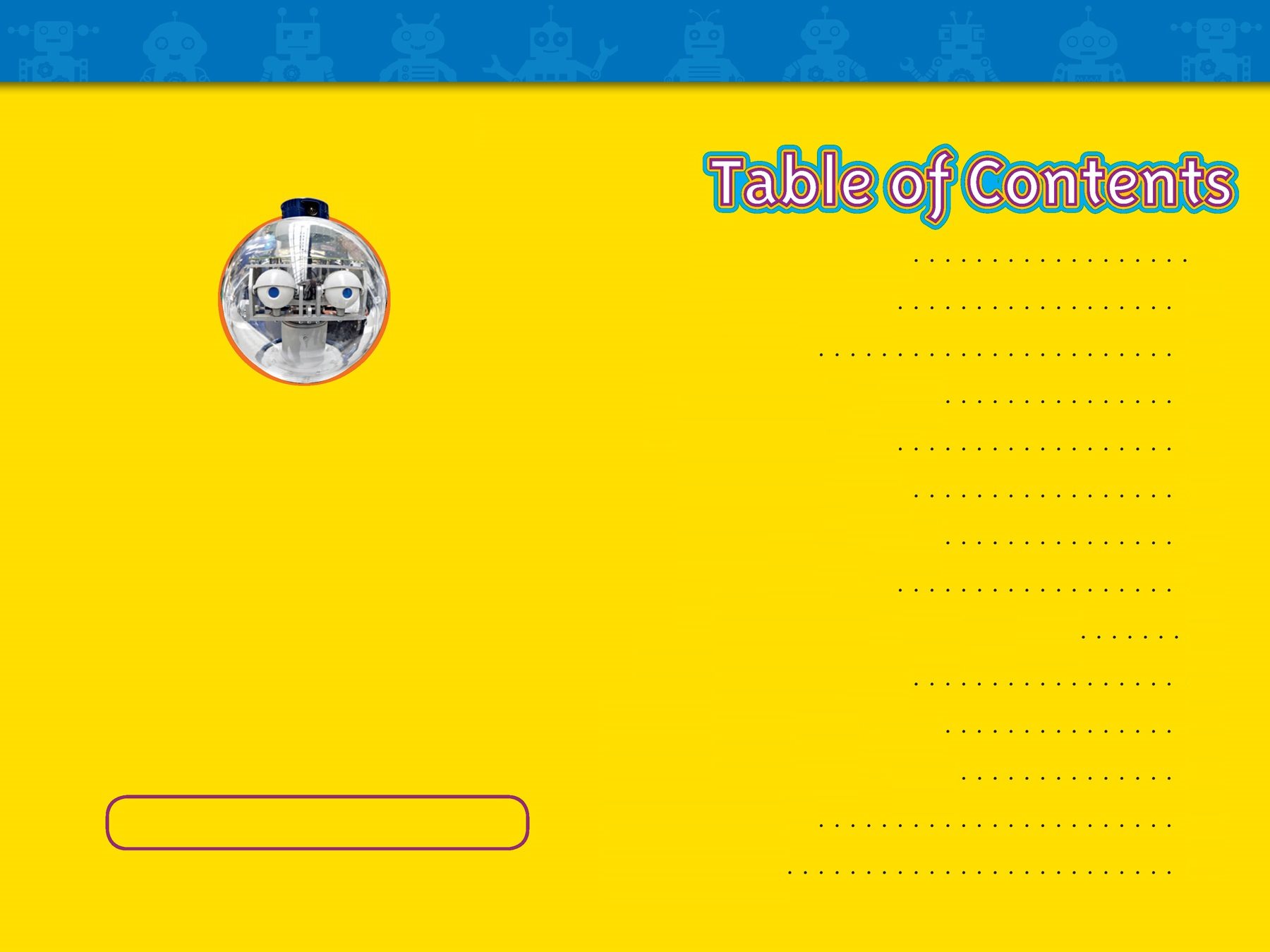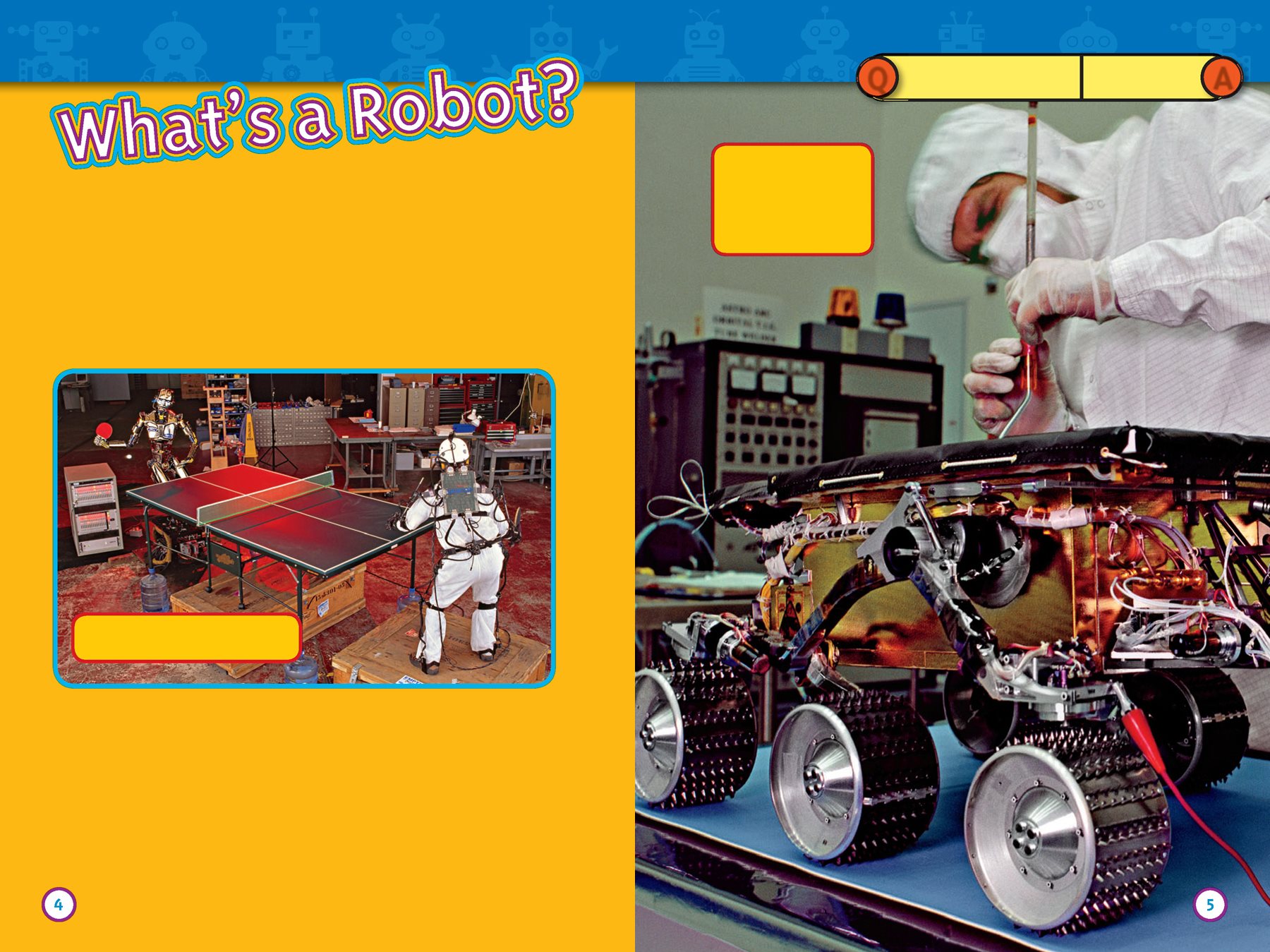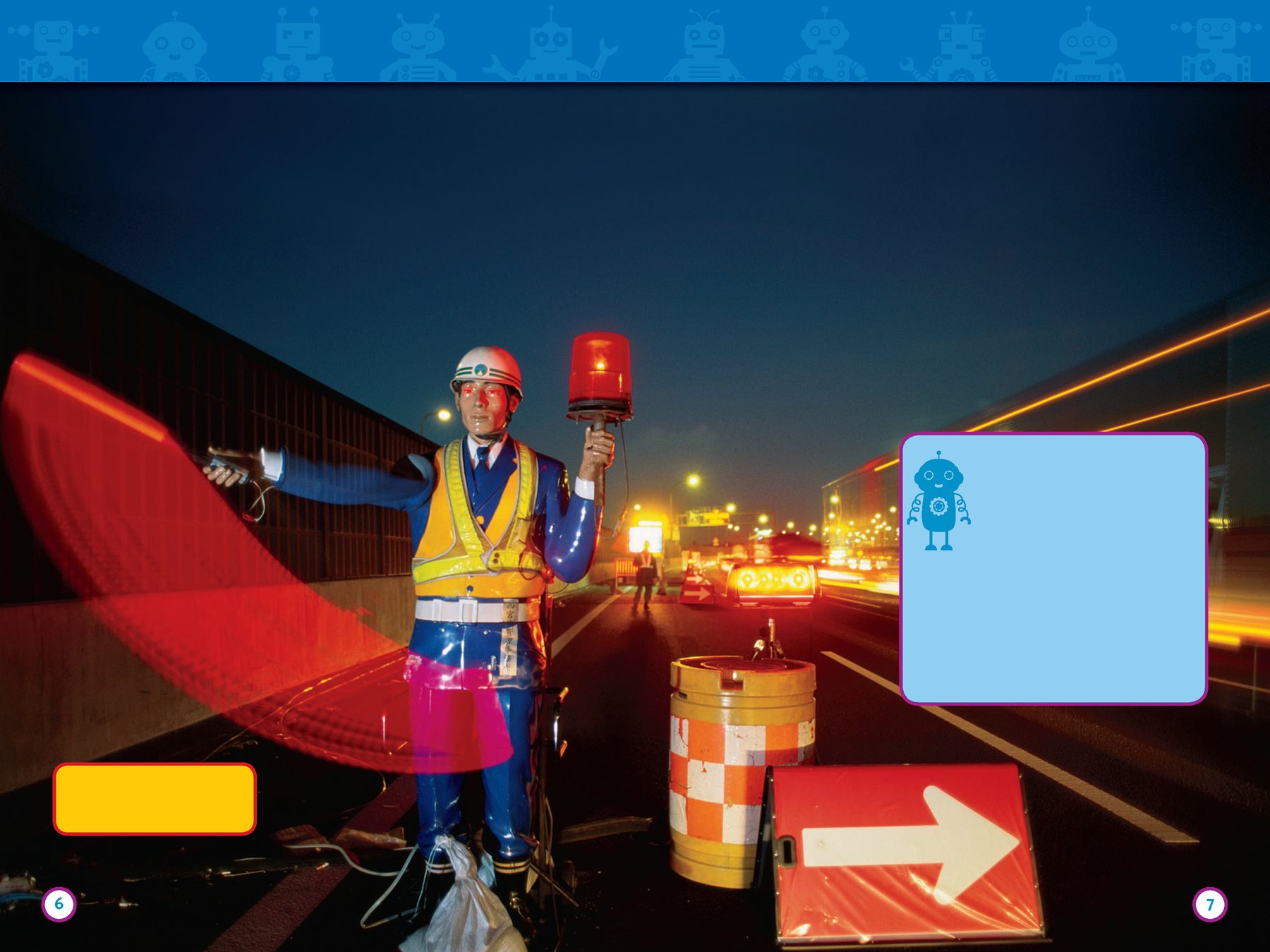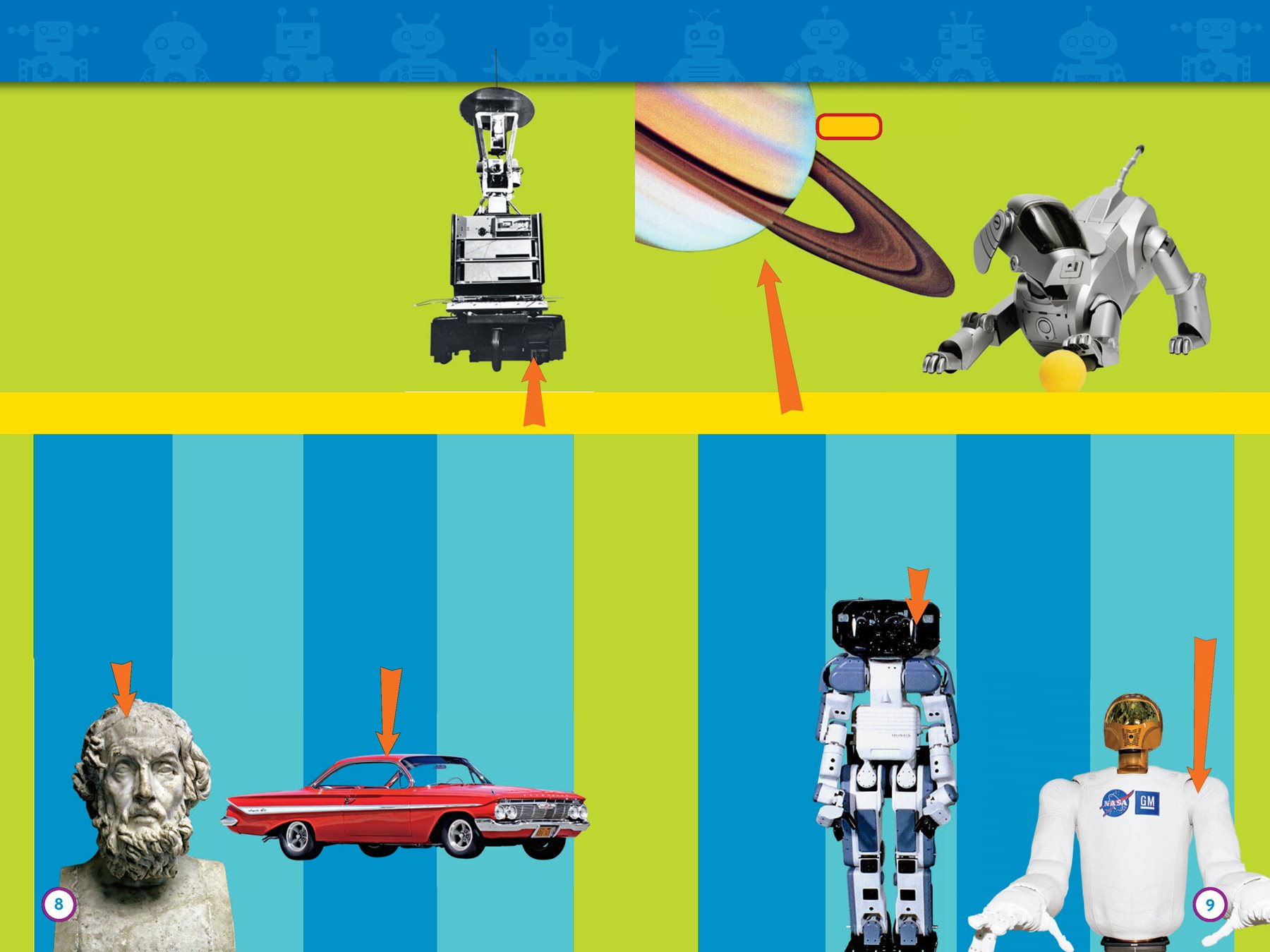Contents
Children are naturally curious about the world around them, and
curiosity is a powerful motivation for reading. Studies show that
informational reading is critical to success in school. National
Geographic Readers allow you to feed your childrens interests
and create readers who not only can read, but also want to read!
To sustain childrens excitement about reading, we have created
a special program called National Geographic Super Readers.
As kids read each National Geographic Reader, they cross off its
picture on a free National Geographic Super Readers poster that
parents can download from kids.nationalgeographic.com/superreader.
Throughout the process, kids and parents go to the website and
download specially designated prizes that reward their effort. Kids
can have even more reading fun online, with lively book-related
quizzes and games, fascinating excerpts, and sneak previews of
upcoming books.
The National Geographic Super Readers program appeals to kids
love of accomplishment while providing them with incentives to
keep reading. When the reading experience is fun, children learn
more and achieve more. What could be better than that?
Sincerely,
Mariam Jean Dreher
Professor of Reading Education
University of Maryland, College Park
Melissa Stewart
Washington, D.C.
For Bruce, who loves his Roomba M. S.
The author and publisher gratefully acknowledge the expert review of this book
by Natanel Dukan of Aldebaran Robotics.
Copyright 2014 National Geographic Society
Published by the National Geographic Society, Washington, D.C. 20036.
All rights reserved. Reproduction in whole or in part without written permission
of the publisher is prohibited.
Book design by YAY! Design
Trade paperback ISBN: 978-1-4263-1344-8
Reinforced library binding ISBN: 978-1-4263-1345-5
Photo Credits
National Geographic supports K12 educators with ELA Common Core Resources.
Visit natgeoed.org/commoncore for more information.
Printed in the United States of America
14/WOR/1
Abbreviations: GI = Getty Images; SS = SuperStock
Cover, Ed Alcock for Aldebaran Robotics; 1, Akihiro I/GI; 2, Uli Deck/dpa/Corbis; 4 and 5, 67, George Steinmetz/National Geographic
Creative; 8 (UP), Ralph Crane/Time Life Pictures/GI; 8 (LOLE), SS RM/GI; 8 (LORT), SS; 9 (UPLE), Bettmann/Corbis; 9 (UPRT), GI; 9 (LOLE), AFP/
Newscom; 9, NASA; 11, SS; 12 (UP), Leonhard Foeger/Reuters; 12 (LOLE), Matthew Walker; 12 (LORT), Peter Menzel/Science Photo Library;
13 (UP), provided by RIKEN-TRI Collaboration Center for Human-Interactive Robot Research; 13 (CTR LE), Sheng Li/Reuters/Corbis; 13 (CTR
RT), Katsumi Kasahara/Gamma-Rapho/GI; 13 (LO), SSPL/GI; 14, Ed Darack/Science Faction/Corbis; 15 (UP), Alain Le Bot/Photononstop/Cor-
bis; 15 (LO), AFP PHOTO/Yoshikazu Tsunoyoshikazu Tsuno/AFP/GI/Newscom; 16 (LE), George Steinmetz/National Geographic Creative; 16
(RT), BSIP/UIG/GI; 17 (LE), Robert Clark/National Geographic Creative; 17 (RT), Jonathan Searle/Reuters/Corbis; 18, DARPA/Science Photo
Library; 18 (INSET), Willee Cole/Shutterstock; 19, Amanda Loman/Virginia Tech College of Engineering; 19 (INSET), AdStock RF/Shutter-
stock; 20, cellistka/Shutterstock; 21, Yoshikazu Tsuno/AFP/GI/Newscom; 2223, ricardoazoury/E+/GI; 24, courtesy Defense Advanced
Research Projects Agency (DARPA); 25, NASA/Carnegie Mellon University/Science Photo Library; 26, Stephen Roberts Photography/
Alamy; 27, yne News/WENN/Newscom; 28, courtesy Rob Felt/Georgia Institute of Technology; 29, Kim Kyung-Hoon/Reuters/Corbis;
30, Science Photo Library Rf/GI; 31, Yoshikazu Tsuno/AFP/GI/GI; 32, AP Images/Vincent Thian; 33, AP Images/Koji Sasahara; 34, Peter
Menzel/Science Source; 35 (14), Peter Menzel/Science Source; 36 (LE), Albert L. Ortega/WireImage/GI; 36 (RT), Richard Nowitz/National
Geographic Creative; 37 (UP), Blue Sky Studios/20th Century Fox/Bureau L.A. Collection/Corbis; 37 (LOLE), Digital Domain/20th Century
Fox/Bureau L.A. Collection/Corbis; 37 (LORT), John M. Heller/GI; 38, NASA/JPL/Science Photo Library; 39, 4041, NASA; 40 (INSET), NASA; 41
(INSET), NASA; 42, Photo by Adriana Groisman, courtesy of FIRST; 43 (UPLE), Photo by Argenis Apolinario, courtesy of FIRST; 43 (UPRT,
LOLE, LORT), Photo by Adriana Groisman, courtesy of FIRST; 4445, Pedro Ladeira/AFP/GI; 46 (UPRT), Robert Clark/National Geographic
Creative; 46 (CTR LE), George Steinmetz/National Geographic Creative; 46 (CTR RT), DARPA/Science Photo Library; 46 (LOLE), George
Steinmetz/National Geographic Creative; 46 (LORT), NASA; 47 (UPLE), AP Images/Koji Sasahara; 47 (UPRT), NASA/SS; 47 (CTR LE), Science
Photo Library RF/GI; 47 (CTR RT), Yoshikazu Tsuno/AFP/GI/Newscom; 47 (LOLE), Peter Menzel/Science Source; 47 (LORT), SS
What do you think of when you hear
the word ROBOT? A blinking, walking,
robo -talking metal person? Some robots
really do look like people, but most dont.
Robots come in almost every shape, size,
and color you can think of. They can look
like fish or flies, lobsters or spiders. Some
look like nothing else youve ever seen.
A robot copies human motion
while playing Ping -Pong.
A scientist gives
Sojourner, a robotic
rover, one last
check before its
mission to Mars.
Q
What did one robot say
to the other robot?
A
Your wires are
showing!
A robot, or bot, is a machine that has
movable parts and can make decisions.
People design it to do a job by itself.
How is a robot like a person? It collects
information from its surroundings.
Then it processes the information and
figures out the best way to do its job.
But a robot doesnt think the way a person
does. It can only do things that engineers
and roboticists (roh -BOT -ti -sists) program
into its computer brain.
A robot in Japan steers
traff i c away from highway
construction.
Tech Talk
PROGRAM: To give a set
of instructions to a
machine
ROBOTICIST: A person who
builds robots
SURROUNDINGS: The
conditions and things
around a person or object
Researchers built the first
robots about fifty years ago.
But people had been thinking
about mechanical humans
for a long, long time.
B . C .
Ancient
Greek poet
Homer
described
bot- like
creatures
that did
anything
their masters
asked.
A . D . 1495
Italian artist

